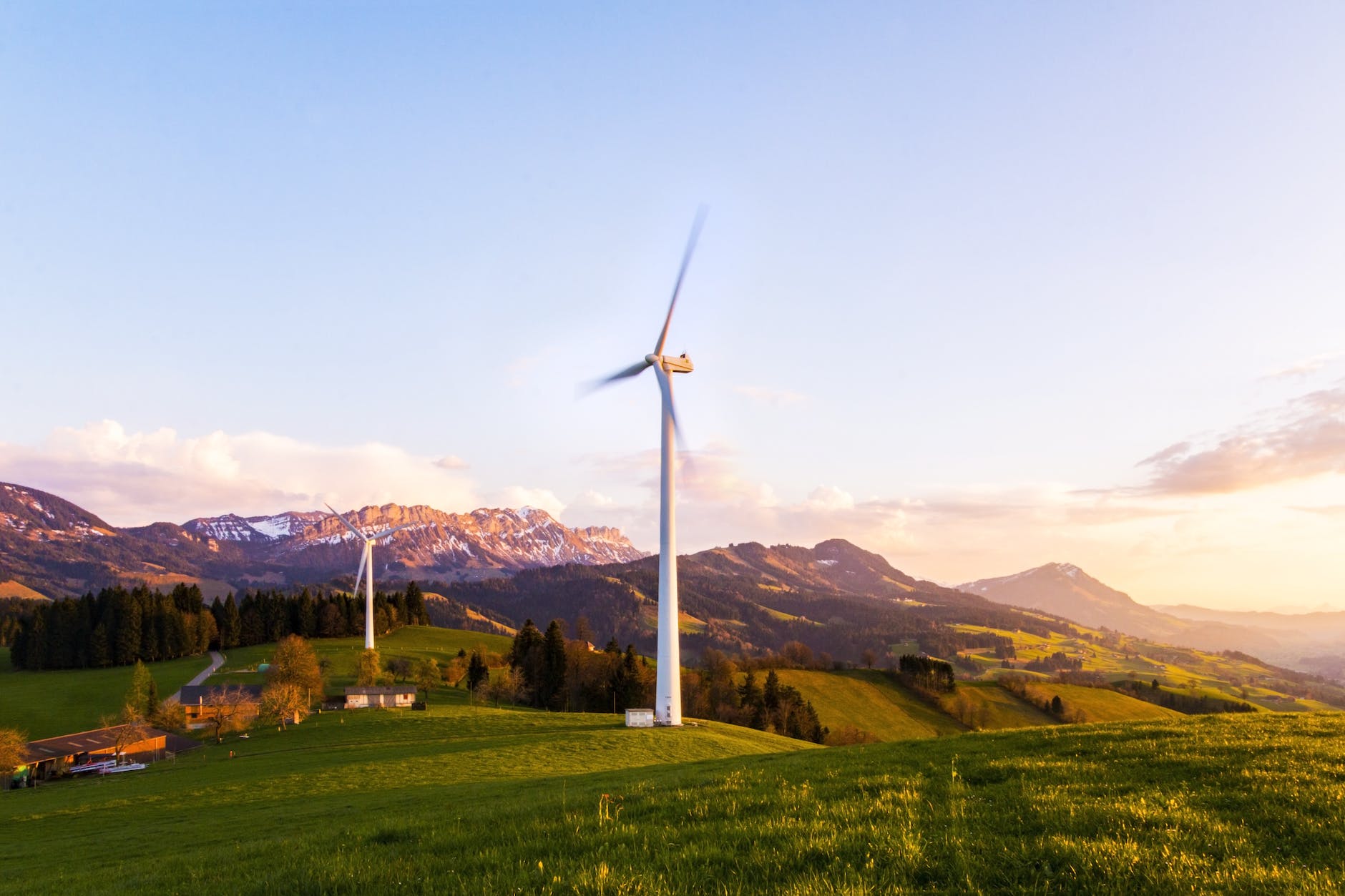
Tokamak reactors are an experimental device designed for studying controlled nuclear fusion. Unlike fission reactors, which involve splitting atoms to release energy, fusion involves combining atomic nuclei into heavier elements, releasing vast amounts of energy.
Key Principles of Tokamaks:
- Magnetic Confinement:
- Tokamaks use strong magnetic fields to confine plasma—a high-energy state of matter consisting of ions and electrons.
- This confinement is achieved by creating a doughnut-shaped container where the plasma is held within the magnetic field, preventing it from contacting the reactor walls.
- Plasma Physics:
- Plasma requires extremely high temperatures (often millions of degrees Celsius) to ionize gases into charged particles.
- Magnetic fields are crucial for maintaining plasma containment and stability, as disruptions in these fields can lead to harmful instabilities.
- Fusion Reactions:
- Tokamaks typically use hydrogen fusion reactions such as D-3He (deuterium/tritium), He-3-Tri (helium-3/helion-3), and others.
- These reactions involve different combinations of hydrogen isotopes to produce energy, with each variant having its own efficiency and operational considerations.
Types of Tokamaks:
- ITER Project:
- The International Thermonuclear Experimental Reactor (ITER) is a large-scale international project aiming to demonstrate the feasibility of a tokamak-based fusion reactor.
- It uses magnetic confinement methods similar to traditional tokamaks, with the goal of achieving sustainable energy production.
- Other Tokamak Variants:
- There are other types like stellarators and laser-driven pinches, each employing different confinement techniques. However, tokamaks stand out for their simplicity in design compared to stellarators and the effectiveness of their magnetic field confinement methods.
Challenges in Fusion Reactor Development:
- Energy Output vs Inputs:
- Fusion reactions require significant energy input to initiate but offer higher energy output if sustained. Achieving this sustained output is a major challenge.
- Fusion reactions require significant energy input to initiate but offer higher energy output if sustained. Achieving this sustained output is a major challenge.
- Plasma Stability:
- Maintaining plasma stability requires precise control of temperature, pressure, and magnetic fields. Any disruption can lead to plasma disruptions, which are both dangerous and disruptive for reactor operation.
- Maintaining plasma stability requires precise control of temperature, pressure, and magnetic fields. Any disruption can lead to plasma disruptions, which are both dangerous and disruptive for reactor operation.
- Safety Concerns:
- High-energy environments necessitate stringent safety measures to prevent accidents that could result in radiation leaks or other hazards.
- High-energy environments necessitate stringent safety measures to prevent accidents that could result in radiation leaks or other hazards.
- Technological Limitations:
- Current tokamaks face limitations in terms of energy production capacity, plasma confinement duration, and the ability to maintain high temperatures for extended periods.
- Current tokamaks face limitations in terms of energy production capacity, plasma confinement duration, and the ability to maintain high temperatures for extended periods.
Future Prospects:
- ITER is projected to demonstrate the feasibility of fusion as a viable energy source within this century.
- Advances in plasma physics, magnetic confinement techniques, and materials science could enhance tokamak performance and scalability.
- Tokamaks offer potential advantages such as compact design, relatively simple construction compared to stellarators, and high energy density output.
What this all means:
Tokamak reactors represent a promising avenue for achieving controlled nuclear fusion as a sustainable energy source. While significant technical challenges remain, ongoing research and development projects like ITER aim to overcome these hurdles. As tokamak technology progresses, it could revolutionize the energy landscape by providing a cleaner, more abundant alternative to fossil fuels.





